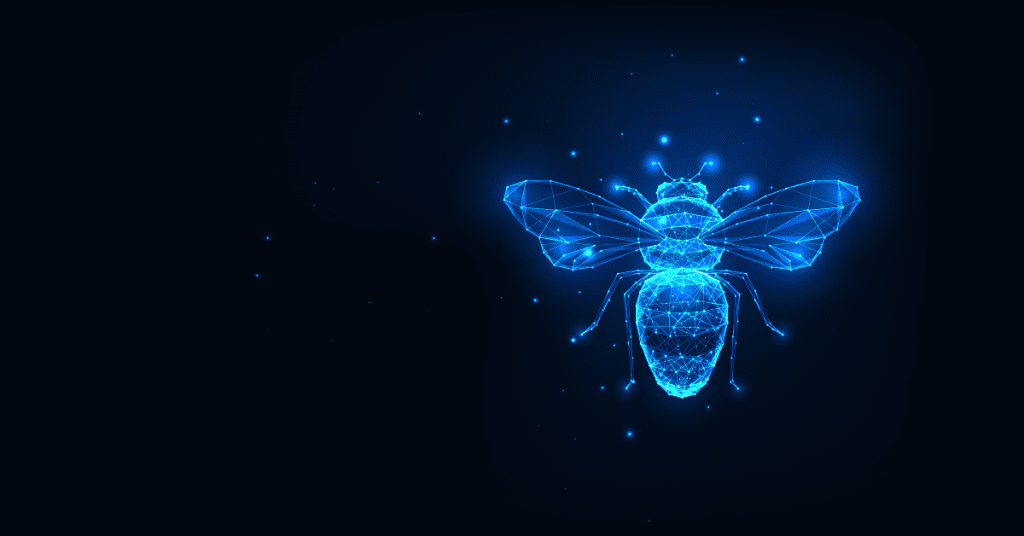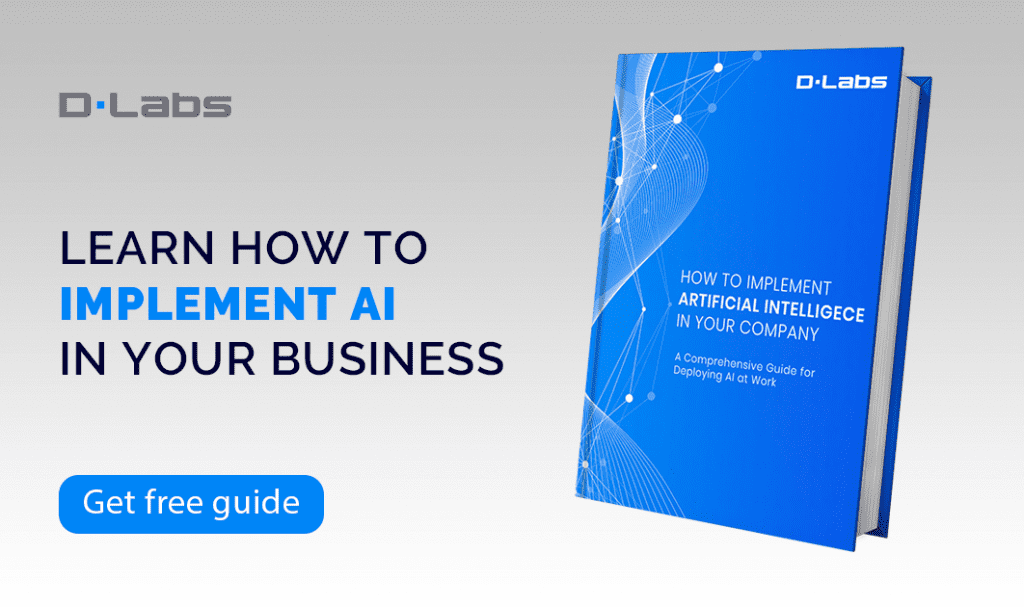Have you ever wondered what it would be like to live in a movie? Even a fantasy or sci-fi one? Well, if you’re up-to-date with artificial intelligence, you won’t be surprised to hear: some people have done it. And that’s not all. Here are several examples of AI applications that are far from obvious — ones that may well surprise you. Check them out, then tell us if you know of any others.
Identify Images You’ll Find Attractive
Beauty is undoubtedly in the eye of the beholder. Because everyone has a different opinion of what is — and who is — attractive in their eyes. But researchers from the University of Copenhagen and the University of Helsinki noticed that it’s hard to explain why someone finds a particular face appealing, so they decided to use artificial intelligence to interpret the brain signals behind attraction.
The software works just like a dating app, but all you need to do is look. When you see a face that you find attractive, the system notes the fact from your brain’s response. And the software then generates more images it thinks will appeal to your preferences. The researchers found the computer-generated images matched the user’s preferences with 80% accuracy. Amazing, right?
These days, you don’t even have to look for your perfect match. Just sit back and let this system work its magic. That is, assuming your perfect match exists 😉
To find out more about the tech watch the video below:
Watch ‘Tom Cruise’ on TikTok
This one’s for any Tom Cruise fans out there. We recently found a fascinating TikTok profile called deeptomcruise which features videos of Tom Cruise playing golf and performing magic tricks, among other acts. But the truth is… it’s not actually Tom Cruise!
The person in the videos is Miles Fisher: a creative who came up with the idea in collaboration with Belgian visual effects artist Christopher Ume. The duo used deepfake technology based on artificial intelligence. The software superimposes a person’s likeness onto another video, just like you can see in the video below.
https://www.youtube.com/watch?v=wq-kmFCrF5Q
It may sound funny, but many fear the tech could set a dangerous precedent. Suppose someone impersonates a Head of State or anyone in a position of responsibility. If people believe it’s real, there’s no telling the damage the video could cause. But deepfakes aren’t our only concern.
For more details: check out this Dlabs article on ‘the good and the bad of AI.’
Build Cow Facial Recognition
Most of us have used a fingerprint reader on a smartphone. And it’s impressive. No more typing passwords to unlock your phone; just hold a button, et voila! But then winter comes along, the temperature drops to sub-zero — and you still need to take your gloves off to unlock your phone. Ouch.
Well, that was the case. But thanks to FaceID, you no longer even have to do that (sure, you may need to take a mask off, but hopefully not for too much longer!). And you can identify more than a person with FaceID.
One American farmer had many cattle. But he was finding them hard to manage. At first, he recorded each one using a mark on their ear. However, the system wasn’t entirely practical, especially when his cows moved between farms or were sold. To solve his problems, the farmer had an idea.
He decided to create his own ‘Cows Card Index,’ with each cow having a personal file containing a description and history (including veterinary history). But a challenge remained: ‘How to identify each individual cow?’ Then came the idea of creating ‘FaceID — but for cows.’
The farmer enlisted developers to build a segmentation model that took a photo of each cow, then analyzed them using convolutional networks. Based on the analysis, the software can now identify every cow.
See Cow FaceID in action:
Pay With Your Hand
Let’s teleport to a time when the pandemic is over. You can finally enjoy freedom, spending time in a busy town square. And let’s assume that you’d rather not take a bag when you do first go out. But you plan to eat, so you’ll need a payment method.
Of course, you won’t need a wallet. Nowadays, you can simply pay by card, by phone. But what if you’d prefer to leave them at home as well? Because, maybe, you plan to go for a swim. Wouldn’t it be great if you could still pay without bringing anything at all with you? Now, you can.
A polish company called Walletmor has invented a payment implant that lets you pay without a card, coin, or smartphone. You just need your hand — and a chip that sits neatly under the skin. Don’t worry, it’s not dangerous. Walletmor says it’s safe, comfortable even.
For all the details check:
Ask AI To Write A Book
Are you a poetry fan? Who’s your favorite author? These days, there’s no need to limit your choice to people. Why not venture into the world of machine-written literature. Because you guessed it: computer-generated poetry is here.
Computer scientists trained an algorithm using over half a million lines from more than one hundred contemporary British poets. The algorithm will be showcased at Expo 2020 Dubai (now scheduled for March 2022), during which visitors will be able to contribute words about humanity, life on Earth, and more — creating a “Collective Message” for the AI to turn into poetic couplets projected on the UK pavilion.
Not a poetry fan? How about Harry Potter? Botnik Studios used artificial intelligence to pen an unofficial tome of the famous fantasy series, naming it the catchy ‘Harry Potter and the Portrait of what Looked Like a Large Pile of Ash’.
For a taste of AI’s literary skill: read chapter 13, ‘The Handsome One’. Does it match up to the original…?
Create a Robotic Bee Colony
There’s more to this idea than a Black Mirror episode. The excellent concept has real-world applications because the global bee population is decreasing at an alarming rate.
Fortunately, scientists from Harvard University have been working on the concept for a long time. And they’ve managed to invent a machine called RoboBee: a small drone that can fly, land on water, even dive. Given that humankind needs bees to survive as they pollinate plants, there’s hope that these robotic bees can fulfill a similar role.
But they have applications beyond pollination. The mini-drones can locate specific spots thanks to in-built GPS and cameras.
See RoboBee in flight:
Training Therapists With AI
The LGBTQ community often suffers from discrimination. Which is why US therapists have created The Trevor Project: a hotline for LGBTQ teens to talk to volunteer counselors. But before the counselors can be on the phone, they need to be trained.
The Trevor Project uses a fictional person to train counselors: a computerized individual powered by AI. The algorithm referenced thousands of transcripts between counselors and project staff to learn how to respond — while natural language processing algorithms trained a chatbot to engage with the teens when none of the consultants are available.
Learn about more real-world NLP applications: check this Dlabs article.
‘Til Death Do Us Part’
I’ve mentioned “Black Mirror” once already, but it’s such a great source for unusual AI applications that I have to return to it a second time. One episode centered on a pregnant woman who lost her partner in a car accident.
After the event, she found a digital service that could help her communicate with her late partner — in chatbot form. In Black Mirror, she took her chance. And today, I’m here to tell you: this is happening in the real world.
Microsoft has a patent for Black Mirror-esque software that can theoretically reincarnate people as a chatbot. According to the patent documents, the chatbot would work by pulling data from the person’s social media — images, voice data, posts, and text messages — using the content to understand how to think and respond like the individual in question.
But if the concept sounds interesting, there are concerns. First up, privacy is an issue (Microsoft doesn’t cover this in its patent application). Moreover, there will be data limitations as few people share everything on social media, meaning no chatbot will ever work perfectly.
Microsoft’s patent suggests the company could use crowdsourced data to fill in any gaps. But there’s no way to avoid the chatbot saying things the person never would.
Do you feel like you’re living in a sci-fi adventure? Let us know via our social media of any unusual AI that we’ve missed out.






